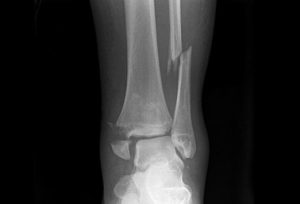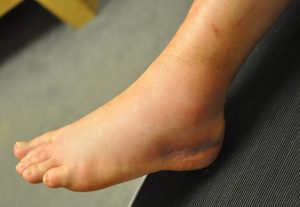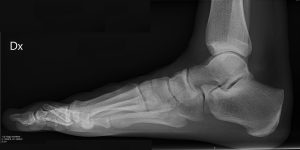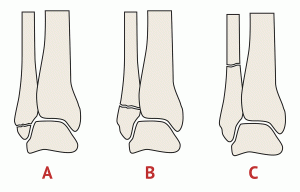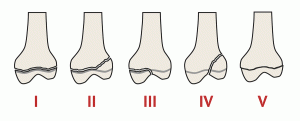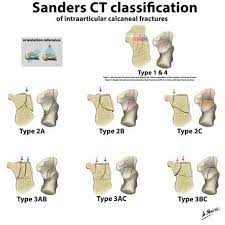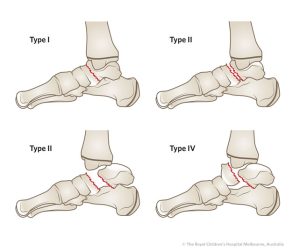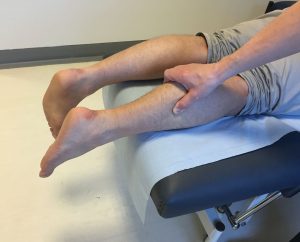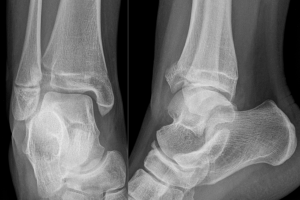
A Tillaux fracture is a specific type of ankle fracture that occurs in children and adolescents. It is caused by a twisting injury to the ankle and is characterized by a fracture of the lateral aspect of the tibial epiphysis.
The tibial epiphysis is the area of developing bone at the end of the tibia that contributes to the growth of the bone. The lateral aspect of the tibial epiphysis is where the fibula bone attaches to the tibia. When a twisting force is applied to the ankle, it can cause the fibula to pull on the lateral aspect of the tibial epiphysis, resulting in a Tillaux fracture.
Symptoms of a Tillaux fracture may include pain, swelling, and difficulty bearing weight on the affected foot. Treatment typically involves immobilization of the ankle with a cast or brace to allow the fracture to heal. In some cases, surgery may be necessary to realign and stabilize the fractured bone.
If left untreated or improperly treated, a Tillaux fracture can lead to long-term complications such as chronic pain, instability of the ankle joint, and an increased risk of developing arthritis in the ankle. Early and appropriate treatment is important for the best possible outcome.

